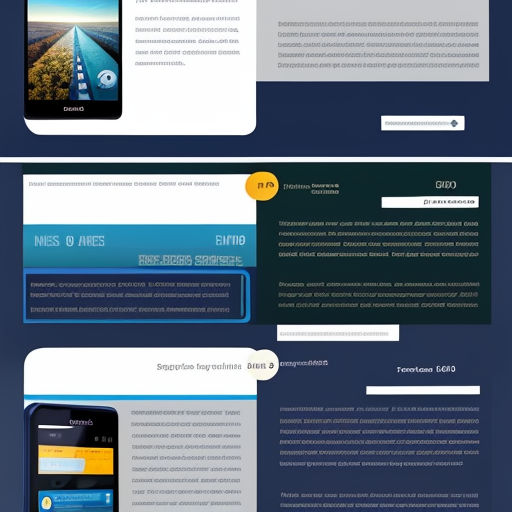
Rise and Fall of Nokia
By Storybird

13 Oct, 2023

Founded in 1865, Nokia is a Finnish multinational telecommunications company. It initially flourished as a paper mill before venturing into various industries like rubber and cables.
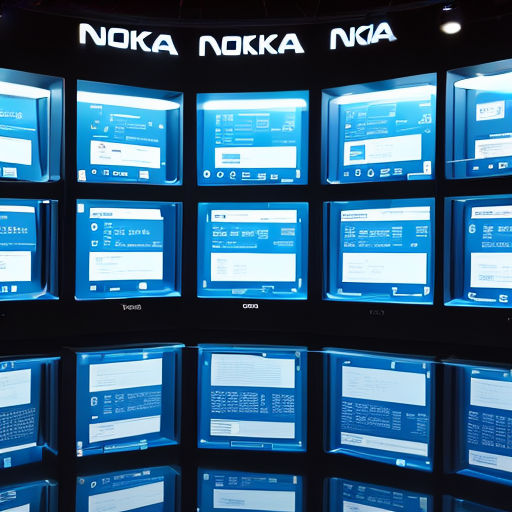
In the 1990s, Nokia shifted its focus to telecommunications and became a global leader, dominating the market with a wide range of mobile phones.
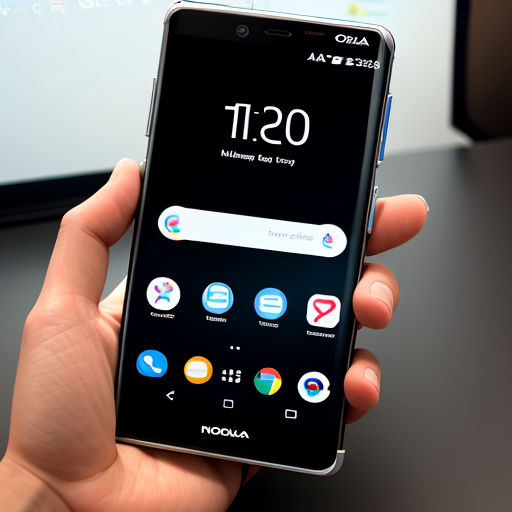
Nokia's success was largely attributed to its innovative designs, user-friendly interfaces, and durable build quality. It had an image of a reliable brand among consumers.
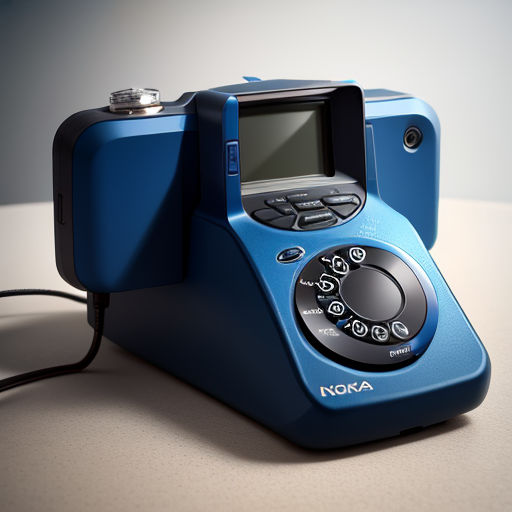
The company's iconic 3310 model, launched in 2000, became a symbol of Nokia's dominance and reliability. It was praised for its nearly indestructible build and long battery life.

However, the rise of smartphones in the mid-2000s posed a new challenge for Nokia. Companies like Apple and Samsung introduced devices that redefined the concept of mobile phones.
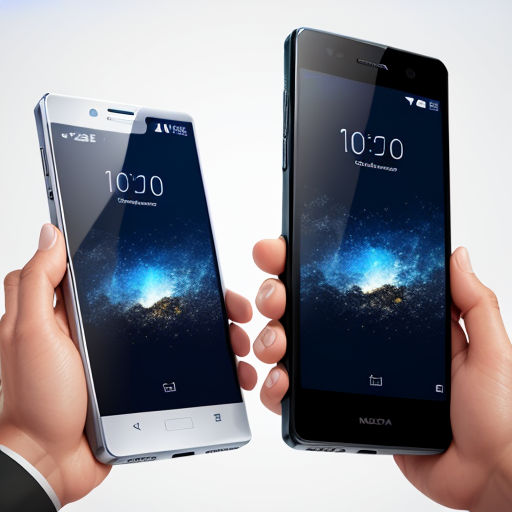
Nokia failed to adapt quickly to this changing landscape. Its Symbian OS could not compete with Android and iOS, which offered a more intuitive interface and a vast array of apps.

In an attempt to catch up, Nokia partnered with Microsoft in 2011, adopting its Windows Phone OS for its new smartphones. However, this move did not bring the desired success.
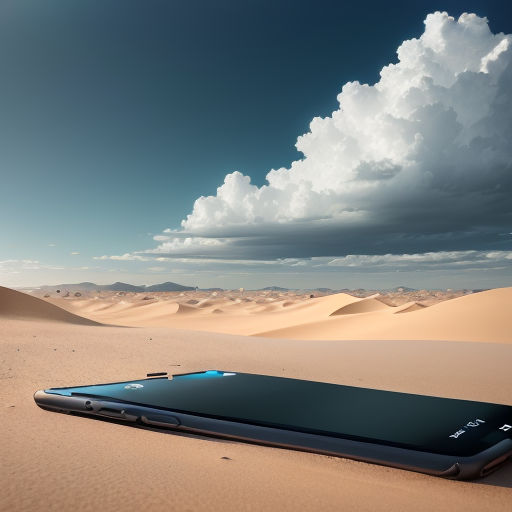
Windows Phone lacked the app diversity that Android and iOS offered. Nokia's Lumia series did not manage to attract a significant user base, leading to dwindling market shares.

Nokia's decision to tie its fate exclusively to Windows Phone was a strategic mistake. It left no room for diversification and kept the company behind in the smartphone race.
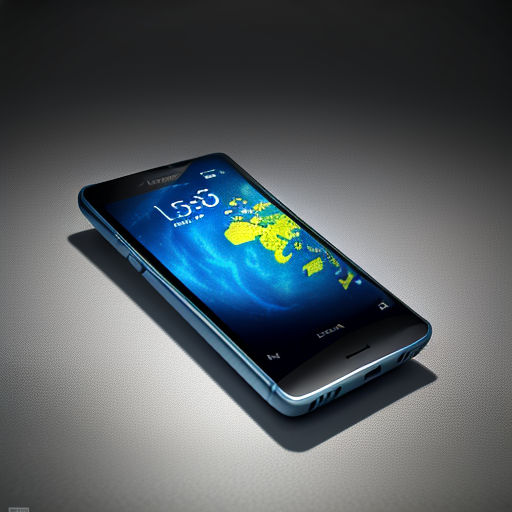
By 2013, Nokia's mobile phone business was struggling. Its market share had dropped significantly, and it was no longer the global leader in mobile phones.

Nokia sold its mobile and devices division to Microsoft in 2014. This marked the end of Nokia's era as a major player in the mobile phone industry.

The company's decline was a result of several factors. Its inability to innovate and adapt to the smartphone revolution was a key element of its downfall.

Nokia's leadership failed to recognize the significance of software advancements. They focused on hardware, leaving the software aspect, which turned out to be critical, largely unattended.

Its rigid corporate culture also contributed to its downfall. The company was slow in decision-making and was not flexible enough to adapt to rapid changes in the market.

After selling its phone business, Nokia focused on network equipment, mapping services, and technology development. It made a comeback in the mobile and smartphone market in 2016.
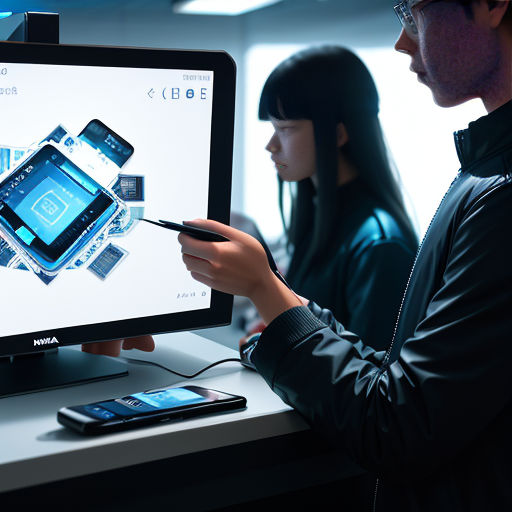
Nokia's new smartphones were manufactured by HMD Global, a company formed by ex-Nokia employees. These phones run on Android and have been received with mixed reviews.

Despite the fall, Nokia's legacy in the mobile phone industry is undeniable. Its contribution to the development of mobile communication technology is significant.
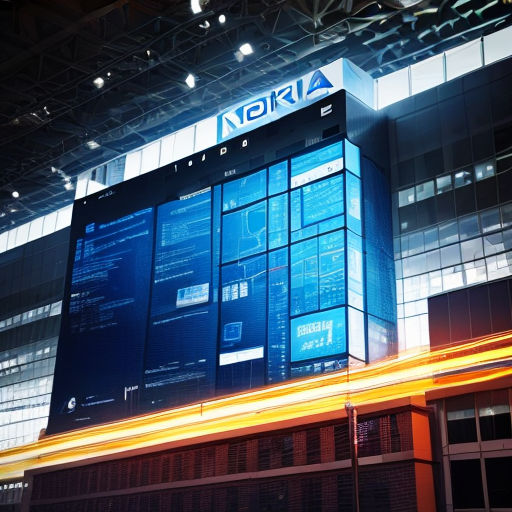
The story of Nokia's rise and fall is a stark reminder of the rapid pace of technological change. It emphasizes the importance of adaptability and innovation in the technology industry.

Nokia's journey also serves as a lesson for other tech companies. It underscores the need to stay relevant by continually evolving and meeting consumer expectations.

Today, Nokia is still a key player in the telecommunications sector. It is a leading provider of network equipment and services to telecom operators worldwide.

It's also venturing into new technologies like 5G, Internet of Things (IoT), and cloud services, indicating its resilience and determination to remain relevant in the industry.
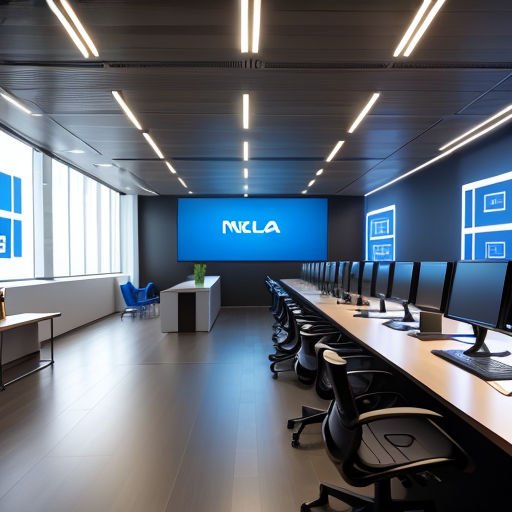
Nokia's smartphone business, under HMD Global, continues to produce new devices. Though it may not dominate the market like before, it remains a notable player.

Nokia's story is a testament to the volatile nature of the tech industry. It shows how even giants can fall if they fail to adapt to technological shifts and market trends.

The company's journey also highlights the importance of a flexible corporate culture. It shows the need for quick decision-making and the ability to embrace change.

As Nokia navigates the current landscape, it carries the weight of its past. The lessons from its downfall are a constant reminder of the need for continuous innovation.

Despite the challenges, Nokia's brand name continues to hold a certain nostalgia. Its iconic ringtone and sturdy phones are memories for many mobile users worldwide.

Nokia's story is not just about failure. It's also about resilience, adaptability, and the determination to rise again. It's a story that continues to unfold.

Today, Nokia stands as a symbol of the ever-evolving tech industry. Its journey teaches us that success is not permanent, and innovation is the key to survival.

As we look towards the future, Nokia's tale serves as a reminder of the importance of staying ahead of the curve and continually evolving with the times.
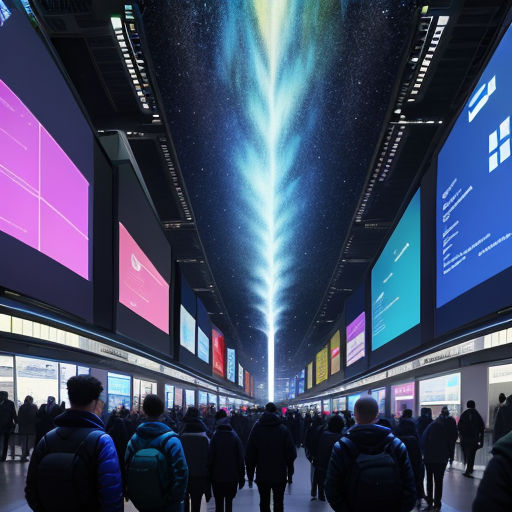
Nokia's story is not over. As it navigates the complexities of the current tech landscape, its past experiences serve as a guide, shaping its future endeavors.

The rise and fall of Nokia is a significant chapter in the history of technology. It's a story that has much to teach about the dynamics of innovation and market adaptation.

In conclusion, Nokia's journey from a leading mobile phone manufacturer to a struggling player in the smartphone market is a valuable lesson for the tech industry. It underscores the importance of staying innovative and adaptable.

As Nokia continues to write its story, it remains a significant player in the tech world. Its journey is a testament to the transformative power of technology and the importance of embracing change.
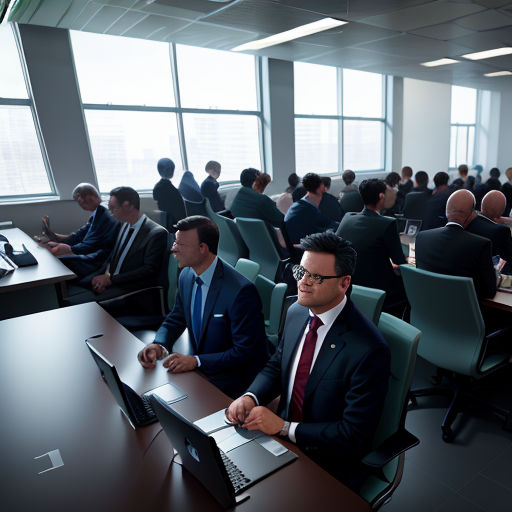
The story of Nokia is a reminder of the need for businesses to continually innovate and adapt. Its journey, marked by success, failure, and resilience, is a lesson in the dynamics of the tech industry.

Nokia's tale is a compelling narrative of the technology industry's ever-changing landscape. As the company continues to navigate the future, its past serves as a guide and a reminder of the importance of adaptability.